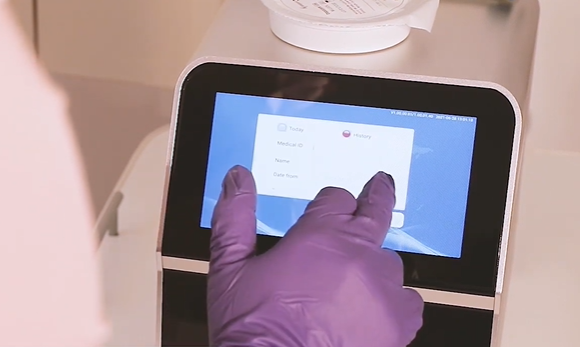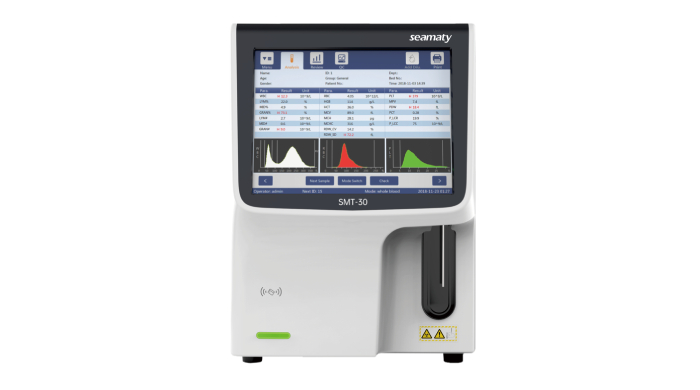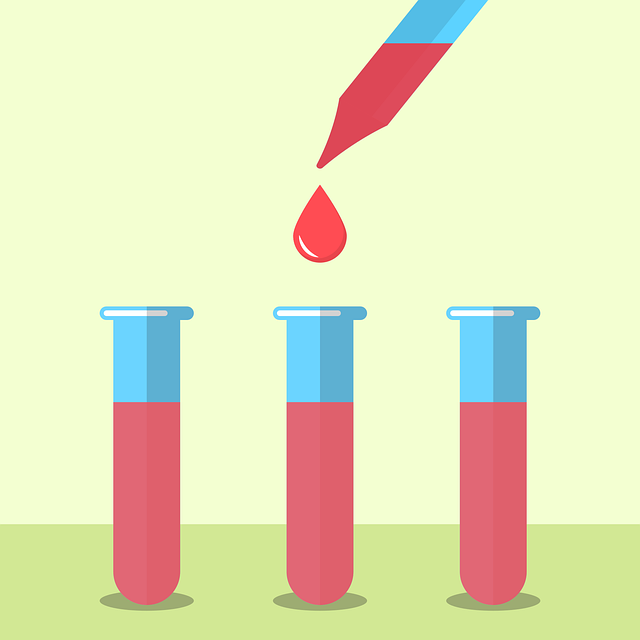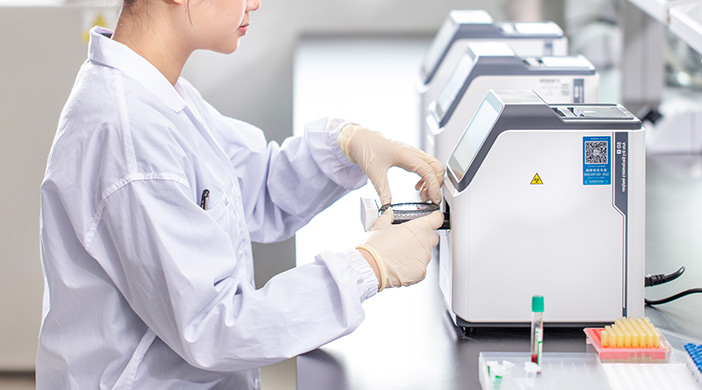release time:2022-08-28 14:13:38
You don’t need certified staff and highly paid employees to get the job done. SMT-120VP is a fully automatic chemistry analyzer that requires a minimum amount of liquid sample and offers more than 24 different results.

Thermometer
To diagnose heatstroke and any infection in the animal body, veterinarians need to use a thermometer. The special thermometer helps vets get accurate temperatures from different animals. Sanitisers are highly necessary when the vets have to use thermometers in between patients.
Wrist Watch
A wristwatch helps in measuring the femoral pulse of the patient. Using a wristwatch is highly necessary when the animal has a high pulse because of any disease or abnormality. It will help vets count the pulse per minute and administer the medicine accordingly.
Microscopes
Many pet owners come to the clinic with complaints of parasite presence in their pets. Animals are more prone to parasites because of their routine and eating habits. A microscope is the only thing that will allow you to do fecal flotation. You or a team member will add liquid to the sample and look for parasites or parasite egg presence. Besides, a microscope helps vets perform various other diagnoses with precision and accuracy.
Otoscope Tools
Most animals have an ear canal that is not visible to the naked eye, and vets use specialized tools to do that. An otoscope is the best vet instrument to look into the ear for any obstruction or infection. It uses light and allows the vet to have a clear view. When there is wax build-up, this instrument helps vets see the gravity of the situation and take measures accordingly.
Nail clippers
Cats and dogs are not the only pets with nails; many other pets also have nails, and pet parents trim those at home. If the pet has an overgrown nail, it can cause various issues. The nail can get stuck into something and cause a strained toe, or in the worst-case scenario, it will come off from the foot. Nails have blood supply at their lower part, and any accident will cause severe blood loss.
Many pet parents do not cut their pets' nails at home for two reasons: they are afraid, or their pet is afraid. They prefer the vet should cut the nail so it will be painless. Vets must also cut their nails before the procedure to protect the pet from nail-related injuries. Different nail clippers, according to your clientage, are the best things to have.
Specialized Veterinarian instrument for Exotic Animals
The first thing you need is exotic animal anesthesia. Many vets work on a small mammal anesthesia machine and transform it into an exotic animal anesthesia machine for accurate results and optimum breathing during procedures.
Final thoughts
Vets go for different specializations and treat different animals according to their expertise. Veterinarian instruments are different for different vets. But a few tools are common, and every vet must have them to provide effective care to the pets. The blood chemistry analyzer SMT-120VP, absorbent pads, electric razor and catheters are some of the things from the long lists of veterinarian instruments.

2022-07-21
CBC machine is also called hematology analyzer, hemocytometer, blood cell counter, etc. cbc machine is one of the most widely used instruments in hospital clinical testing.

2022-01-14
The most basic method of diagnostic test research is to conduct a simultaneous blinded comparison with the gold standard for the diagnosis of a disease. There are four relationships between the diagnostic test to be evaluated and the gold standard.

2021-10-20
Some of the current POCT biochemistry analyzers have not only solved the problem of speed. The accuracy of the instrument has also been greatly improved. Some biochemistry analyzers can even compete with large instruments.